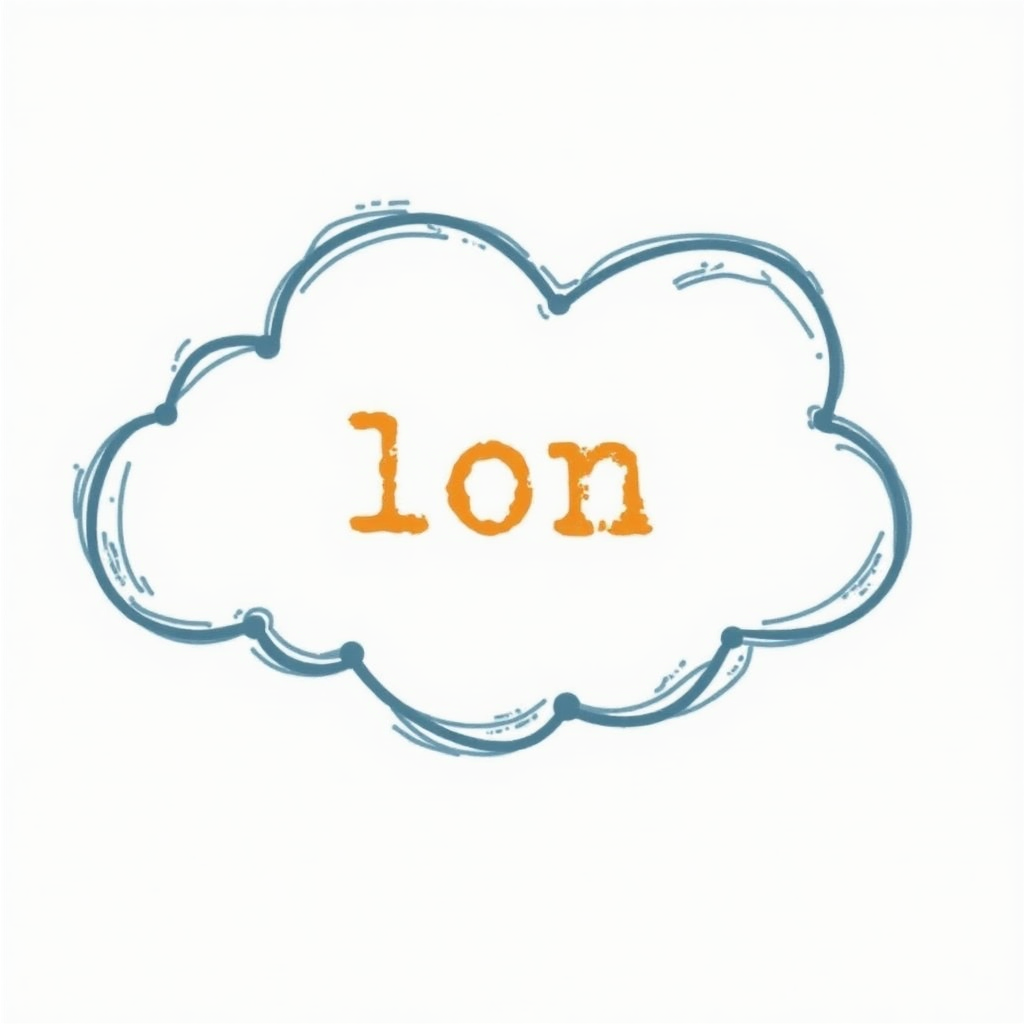How to Build High-Performing eCommerce Platforms with CodeIgniter
Building high-performing eCommerce platforms with CodeIgniter requires careful planning and implementation. CodeIgniter’s lightweight and flexible framework allows for fast and secure development. By leveraging its built-in features and extensions, developers can create scalable and efficient platforms. Key considerations include optimizing database queries, implementing caching, and ensuring secure payment gateways. With proper optimization and development, CodeIgniter can support high-traffic eCommerce sites with fast loading times and seamless user experiences, resulting in increased conversions and customer satisfaction. Effective use of CodeIgniter can drive business growth and revenue. It supports various extensions and plugins.
How to Build High-Performing eCommerce Platforms with CodeIgniter Read Post »











